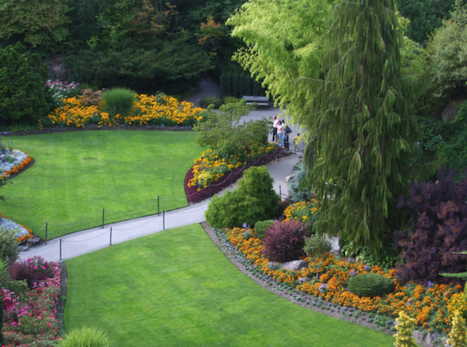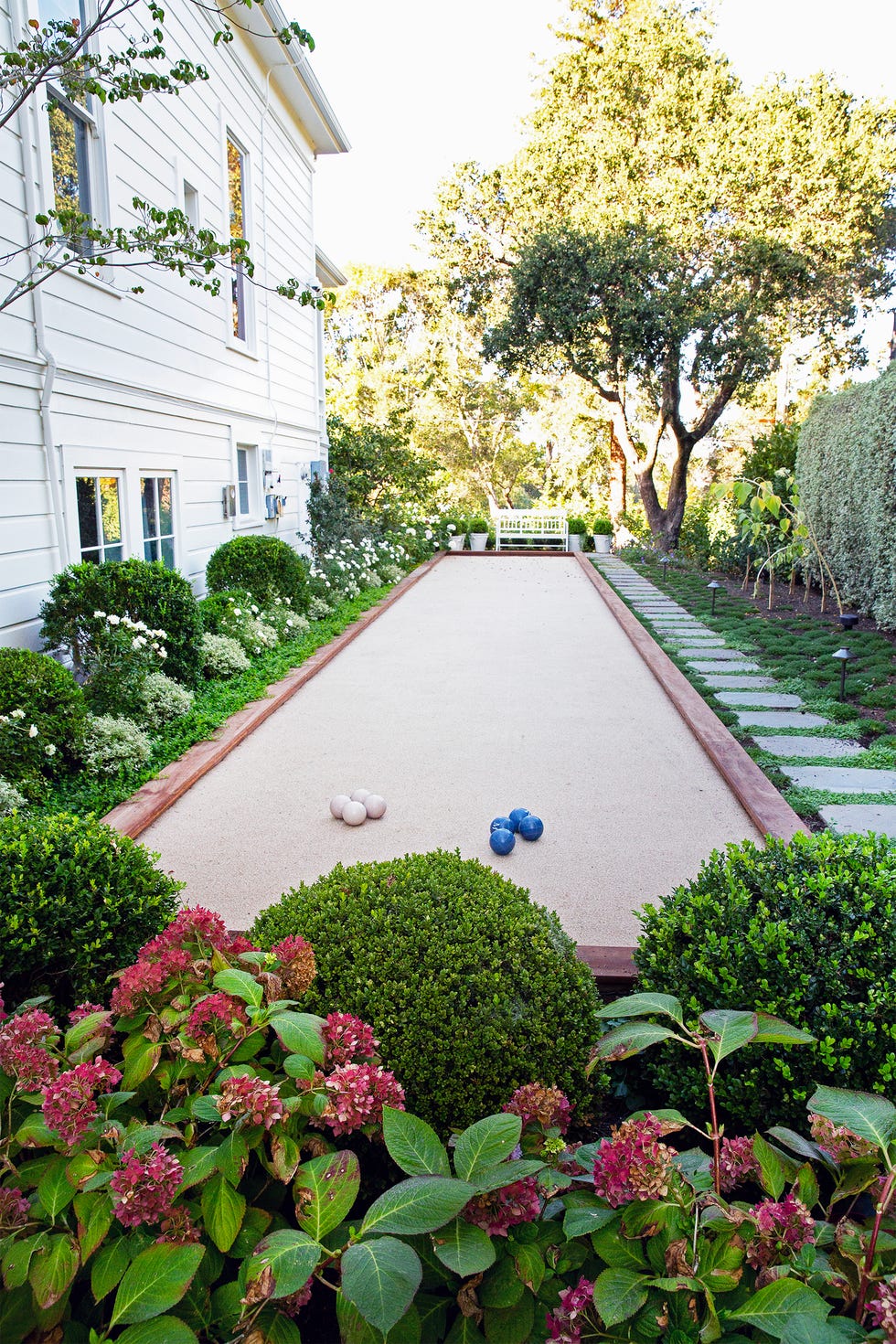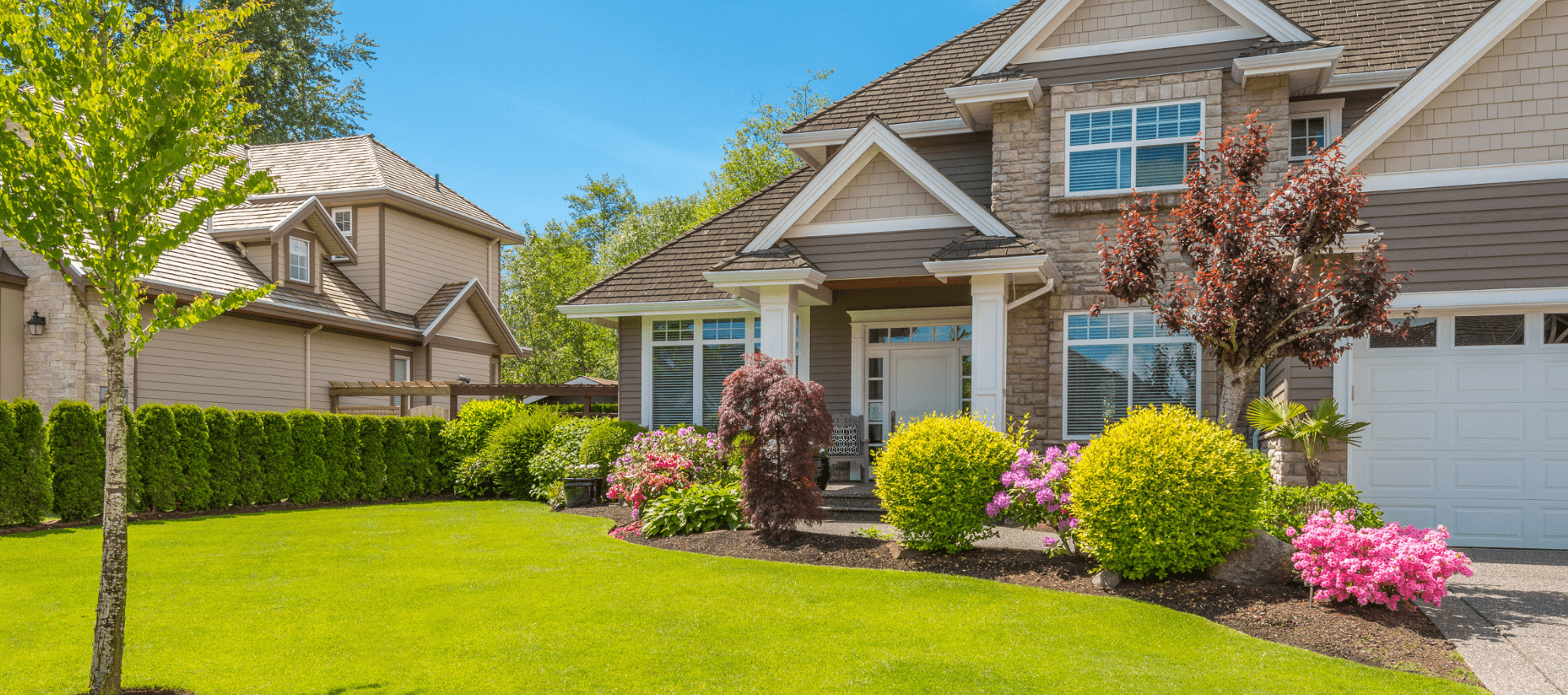Reliable Lawn Cleanup Jacksonville: Maintain a Clean and Healthy And Balanced Lawn
Reliable Lawn Cleanup Jacksonville: Maintain a Clean and Healthy And Balanced Lawn
Blog Article
Elevate Your Home's Visual With Sustainable Landscape Design Styles and Eco-Friendly Practices

Benefits of Lasting Landscaping
Implementing lasting landscape design methods not just saves natural deposits however also promotes biodiversity and enhances overall ecological wellness. By choosing green landscaping strategies, homeowner can reap a plethora of benefits that extend beyond simply visual allure. One substantial benefit is the reduction of water usage with using drought-resistant plants, rainfall yards, and efficient irrigation systems. This not just reduces energy bills but likewise contributes to water conservation initiatives in the area.
In addition, sustainable landscape design can boost soil wellness by reducing using chemical fertilizers and chemicals, thereby creating a much healthier atmosphere for plant growth and useful dirt organisms. This, consequently, enhances the total resilience of the landscape to endure ecological stress factors and climate adjustment impacts - landscaping contractor Jacksonville. Furthermore, lasting landscape design methods can attract varied wildlife, consisting of pollinators like butterflies and , cultivating an extra dynamic and well balanced ecological community within the building
Incorporating Indigenous Plants
To build on the benefits of sustainable landscape design, a strategic concentrate on integrating native plants can additionally enhance ecological resilience and advertise biodiversity within the landscape. Native plants are varieties that normally happen in a specific area and have actually advanced to prosper in the local environment, soil conditions, and ecosystem. By including indigenous plants in landscaping layouts, homeowner can minimize water use, minimize the demand for chemical pesticides and fertilizers, and sustain the neighborhood wildlife populace.
Integrating native plants additionally assists in preserving the special character and identification of a region's plants. These plants typically need much less upkeep when developed, making them a cost-effective and sustainable landscape design solution in the future. In addition, indigenous plants can draw in indigenous pollinators like butterflies and bees, contributing to the total health and wellness of the environment.
When picking indigenous plants for landscape design projects, it is vital to pick types that are well-suited to the particular ecological problems of the website. Consulting with local nurseries or organic gardens can give important advice on picking the appropriate indigenous plants for a specific location. By incorporating indigenous plants into landscaping layouts, homeowner can develop attractive, lasting exterior spaces that benefit both the community and the setting.

Water Conservation Techniques
Effective watering approaches play a crucial duty in sustainable landscaping methods, ensuring ideal water conservation efforts in outside spaces. Implementing methods such as drip irrigation, rain harvesting, and wise irrigation systems can considerably lower water wastefulness while maintaining a healthy and balanced landscape. Leak watering provides water directly to the roots of plants, minimizing evaporation and runoff. Rainwater gathering involves gathering rain from roofs and keeping it for later use in irrigation, lowering the dependence on municipal water sources. Smart watering systems utilize climate information and dirt dampness degrees to readjust sprinkling timetables, avoiding overwatering and advertising water performance.
In addition to innovative watering methods, xeriscaping is one more water-saving landscaping method that concentrates on making use of drought-resistant plants, compost, and reliable watering to develop a low-water landscape design - landscaping contractor Jacksonville. By selecting indigenous plants that are fit to the local environment and dirt problems, home proprietors can minimize the demand for too much watering, inevitably conserving water and advertising a sustainable outside environment
Eco-Friendly Hardscaping Ideas
Enhancing outdoor spaces with environmentally friendly hardscaping features can add considerably to sustainable landscaping practices. When considering hardscaping aspects, go with products like recovered timber, recycled concrete, or all-natural rock to minimize environmental influence. These materials not only include a special aesthetic interest your outside room yet useful reference also reduce the need for new resources extraction.
Implementing permeable paving choices such as gravel or absorptive concrete can help in reducing water overflow and promote groundwater recharge. These options enable rainwater to leak right into the ground, protecting against erosion and reducing the concern on stormwater systems.
Integrating indigenous plants right into hardscaping styles can better enhance eco-friendliness by supporting regional wild animals and minimizing the need for too much watering or chemical therapies. By incorporating environment-friendly walls or vertical yards, you can introduce extra plants into urban setups, boosting air quality and biodiversity.
Integrating energy-efficient lighting, such as solar-powered link LEDs, into hardscaping layouts can minimize electrical energy consumption and lower your building's carbon footprint. Prioritizing environmentally friendly hardscaping ideas not only boosts the charm of your exterior area however also demonstrates a dedication to environmental stewardship.
Upkeep Tips for Lasting Landscapes

On a regular basis prune plants to promote healthy growth and prevent overgrowth that Get More Info can result in pest diseases or invasions. Use natural fertilizers to nurture the soil and plants without damaging chemicals that can seep into the atmosphere. For hardscaping elements, such as permeable pavers or rock paths, consistently tidy them to stop debris build-up and maintain their functionality. By staying positive with maintenance tasks, you can protect the elegance and sustainability of your landscape for years ahead.
Conclusion
To conclude, lasting landscaping techniques provide many advantages for residential property owners, from boosting the visual allure of the surroundings to promoting ecological preservation. By incorporating native plants, executing water conservation methods, and making use of environmentally friendly hardscaping ideas, building owners can develop attractive landscapes that are also ecologically responsible. With correct maintenance, sustainable landscapes can contribute and thrive to a healthier community for both human beings and wild animals.
Moreover, sustainable landscaping can boost dirt wellness by lessening the use of chemical plant foods and chemicals, therefore developing a healthier atmosphere for plant development and helpful soil microorganisms.To develop upon the benefits of lasting landscape design, a tactical emphasis on including native plants can additionally boost environmental strength and promote biodiversity within the landscape. By consisting of native plants in landscaping layouts, residential property proprietors can lower water usage, minimize the requirement for chemical pesticides and fertilizers, and sustain the neighborhood wild animals populace.
These plants typically require less maintenance as soon as developed, making them a sustainable and cost-efficient landscaping option in the lengthy run. By integrating indigenous plants into landscaping designs, property owners can create gorgeous, lasting outside rooms that benefit both the area and the setting.
Report this page